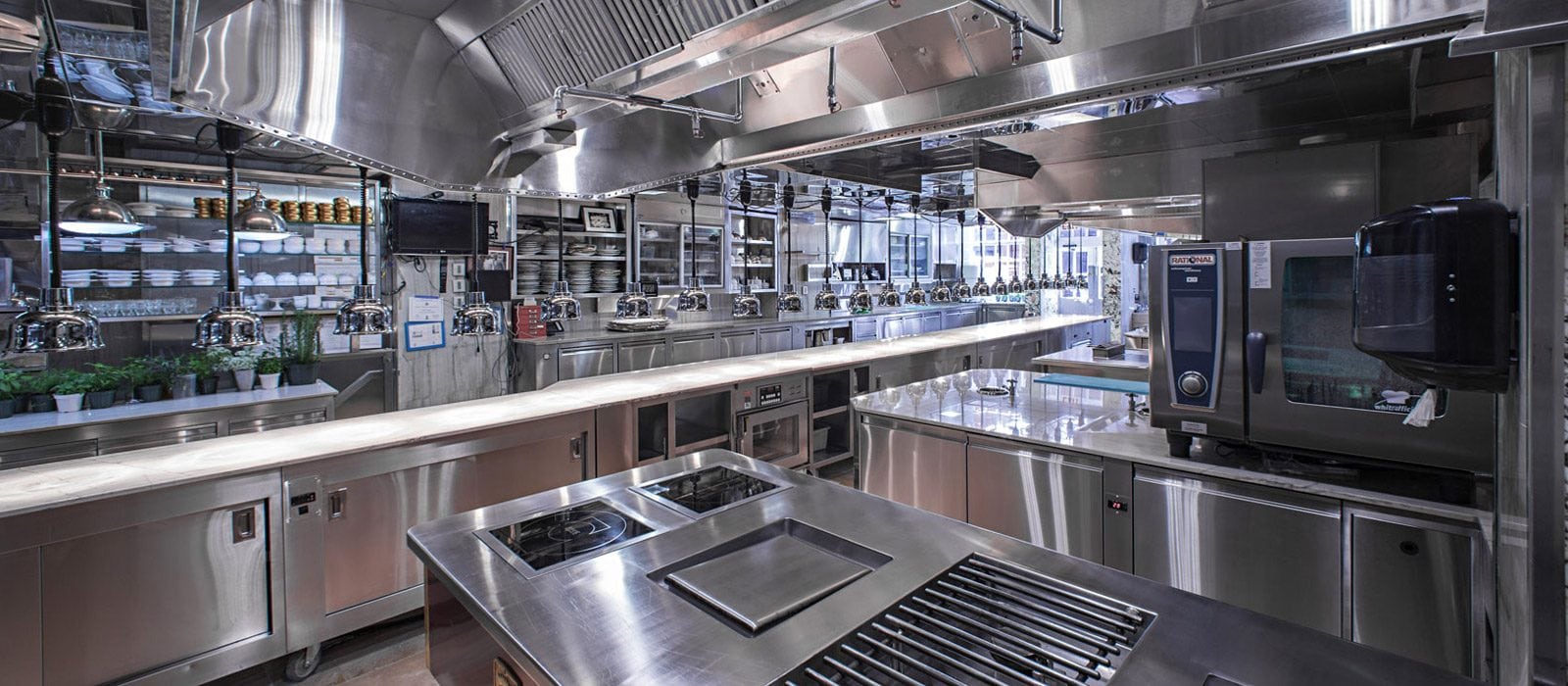Sanitisers – Is Clean Really Clean Enough?
The world of cleaning can be a scary place.
It’s understandable to be a bit confused. Cleaning products often have really big words on the label, and high school chemistry is boring as hell.
So we at Johnson Hospitality are gonna keep it nice and simple.
The Law
In regard to food equipment and preparation areas, the Australia New Zealand Food Standards Code states:
(1) A food business must ensure the following equipment is in a clean and sanitary condition in the circumstances set out below –
(a) eating and drinking utensils – immediately before each use; and
(b) the food contact surfaces of equipment – whenever food that will come into contact with the surface is likely to be contaminated.
So to answer the question in bold up the top, NO.
Items that need to be cleaned and sanitised in the kitchen include:
- Crockery, cutlery, glassware
- Chopping boards, bain marie pans
- Cooking utensils ie knives, spoons, tongs
- Benches, food preparation surfaces
So What’s the Difference Between Cleaning Something and Sanitising?
Cleaning involves removing dirt, dust and grease from a given surface.
Sanitising involves killing 99.999% of germs on a surface in 30 seconds.
Cleaning products are generally going to include detergents and degreasers, which work to break the affinity dirt and grease particles have to which ever surface you desire to be clean.
Sanitisers are effectively chemical weapons which destroy bacteria by disrupting the chemistry of their cells as painfully and horrifically as possible. The different ways items can be sanitised are by temperature or through chemical action.
-
Soaking in hot water (>85 degrees) for longer than 2 minutes,
-
Rinsing in hot water (>85 degrees) for 10-12 seconds,
- Soaking in a suitably concentrated sanitiser solution,
-
Being sprayed with a chemical sanitiser solution.
Why Both?
Well surely if I’m killing all the germs, I’m cleaning right?
Not necessarily, most sanitisers need to be used on a clean surface in order to work properly. In the same way a detergent will not necessarily kill all the germs, a sanitiser will not be able to move stubborn grease or dirt.
How To Go From Clean To Sanitary
Machine Glasswashers and Dishwashers – If you are using a dishwash or glasswash machine, make sure that the final rinse cycle is set to its hottest setting. On most commercial machines this will be hotter than the 85 degrees necessary to sanitise.
Washing Up By Hand – If you are washing in a sink, have two sinks set up; one with a detergent to remove any grease and debris, and a second with a sanitiser solution.
Soaking Glassware – If you are soaking glassware to remove stains and clean them, make sure your solution contains a sanitiser. The perfect product is our Glasswash pink. With its in-built sanitiser, it will kill germs as well as removing stains.
Cleaning large equipment, bench tops and other surfaces – First clean using a surface cleaner with a built in degreaser like Spray and Wipe, quickly rinse, then hit it with our Food Service Sanitiser. Its no rinse formula means that once you’ve applied it, it is ready for food contact.
Make everyone’s life easier with labelled atomisers for your spray and wipe and sanitiser. Colour coordinate with your wiper cloths and the system is well and truly idiot proofed.
Moral of the story, keep your glasswashing and dishwashing machines well maintained, make sure you’ve got some food service sanitiser in your chemical collection and you’re pretty much there.
If you have any questions about sanitising or cleaning products in general please contact your rep or call us in the office on (02) 9052 9111.
Our reps especially love specific chemistry questions!
Test them, they’re ready.

